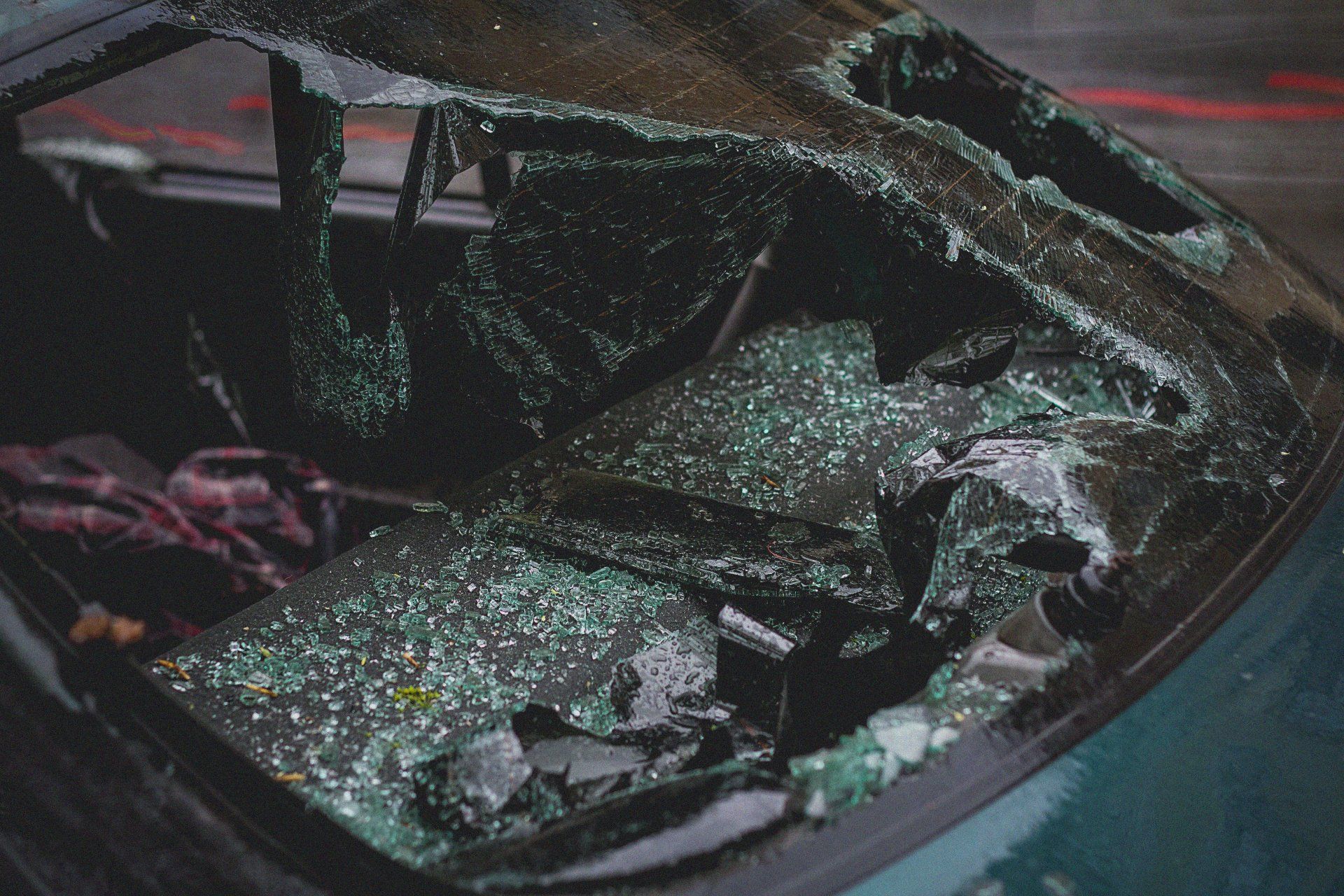Pin-In Collision, 3 Seriously Injured Moments After Police End Chase
Just moments after police called off a chase on a stolen truck in Austin, Texas, the truck in question collided with another vehicle, resulting in a pin-in situation and one critically injured individual.
The police had just ended their chase due to the potential danger posed to other drivers.
The Chase and Crash
Austin-Travis County EMS initially reported the incident on Twitter on Tuesday, March 2nd. The chase prior to the crash began at around 12:30 a.m. on Tuesday when police noticed a truck driving recklessly in the downtown Austin area near Red River and Sixth Street. At this point, officers ran the license plate of the truck and determined that it was stolen.
Officers called off their chase as they reached Riverside Drive and Montopolis Drive. At that point, they believed the chase would put other drivers in the area in danger. Unfortunately, the truck driver continued to drive recklessly despite the officers’ efforts.
Ten minutes after the police called it off, they received a report of an accident on Cardinal Loop and State Highway 71 near the airport. At the scene of the crash, they discovered that the stolen truck had collided with another vehicle, resulting in a pin-in situation.
During the collision, one individual was knocked unconscious and all three individuals involved in the crash were seriously injured. One of the three is facing life-threatening injuries.
The Danger Posed by Police Chases in Texas
Just like their firearms, police vehicles are a tool that can be dangerous if used incorrectly or without proper precautions. While police chases are a long-standing practice, there is growing opposition to high-speed pursuits due to the dangers posed to other drivers.
Chases, even for minor infractions, can lead to serious injuries or even death, and across the country, many civilians and officers themselves are asking if the risk is worth it.
In Texas, police officers are not only authorized to give high-speed pursuit, but also to fire upon fleeing vehicles.
This guideline stands true no matter how minor the offense involved. It goes without saying that this could pose a significant risk to bystanders in the vicinity. This is true even in cases where the driver of the vehicle might not have otherwise posed a risk to civilians.
According to DPS, Texas officers engage in roughly 900 high-speed chases every year. Many of those chases involve speeds well above 100 mph. Texas officers are also three times less likely than other officers to call off chases once they’ve started. Together, these factors lead to roughly 2.5 police chases in the state every single day, with each one representing an opportunity for a dire bystander-collision.
Luckily, some Texas cities, such as Dallas, have introduced restrictions on high-speed police chases. Following the introduction of new guidelines, the city was able to cut its high-speed chases by 90%.
If you’ve been involved in a Texas car accident, contact the Houston car accident attorneys of Lapeze & Johns, PLLC, to learn about your options.
Source : KXAN



